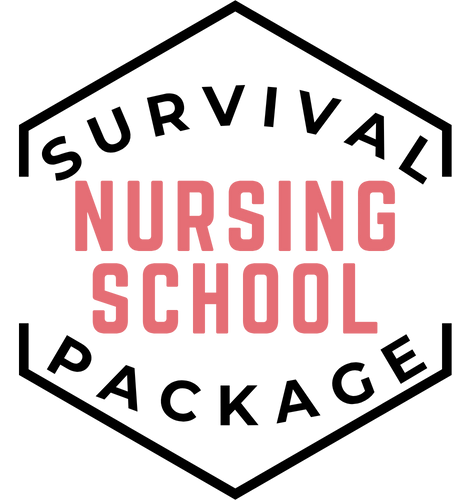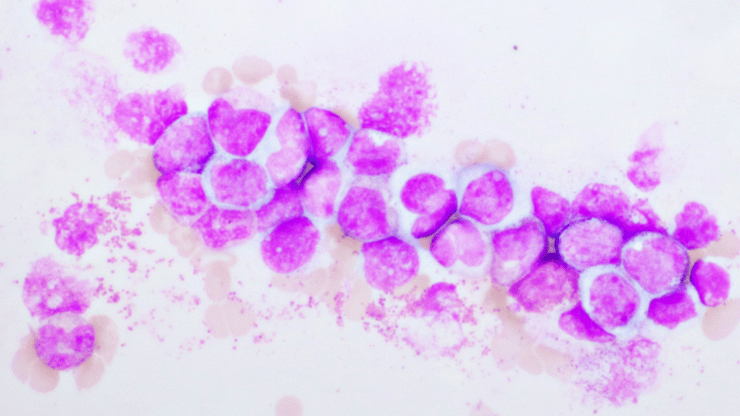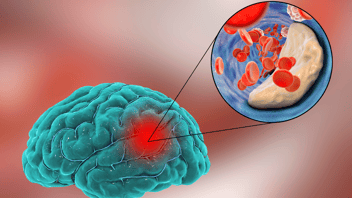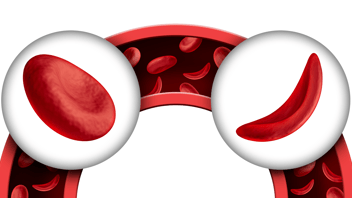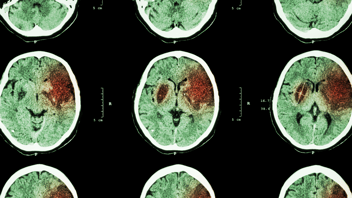Leukemia NCLEX Review for Nursing Students + Free Download
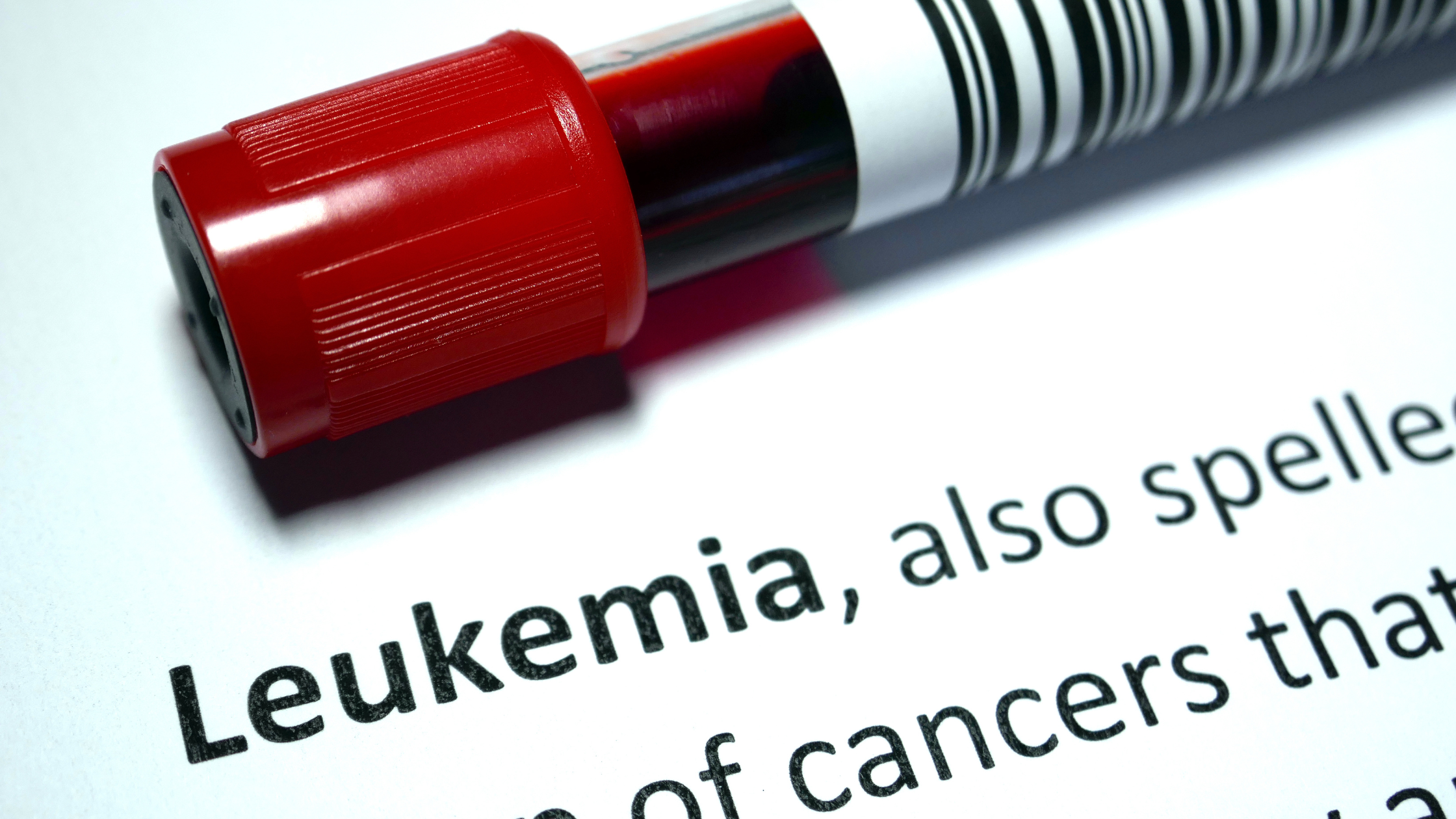
Understanding Leukemia For Nursing Students
Common Hematologic Disorder:
Leukemia is a prevalent hematologic disorder characterized by the abnormal proliferation of white blood cells. Nursing students need to be knowledgeable about its etiology, classification, and management to provide competent care to patients with leukemia.
Patient Care:
Nurses play a crucial role in caring for patients with leukemia throughout the disease trajectory, from diagnosis to treatment and follow-up. Understanding the disease helps nurses provide holistic and patient-centered care.
Assessment Skills:
Nurses need to be skilled at recognizing signs and symptoms of leukemia, such as fatigue, pallor, bruising, bleeding, and frequent infections. Early recognition and reporting of these symptoms are crucial for timely diagnosis and intervention.
Diagnostic Tests:
Nursing students should understand various diagnostic tests used to confirm leukemia, including blood tests, bone marrow aspiration, and genetic testing. Knowledge of these tests supports patient education and emotional support.
Treatment Modalities:
Familiarity with different treatment options for leukemia, including chemotherapy, radiation therapy, targeted therapies, and stem cell transplantation, allows nurses to educate patients about their treatment plans, manage side effects, and provide appropriate care.
.png?width=1200&height=630&name=nclex%20review%20for%20angina%20(2).png)
Treatment Modalities:
Familiarity with different treatment options for leukemia, including chemotherapy, radiation therapy, targeted therapies, and stem cell transplantation, allows nurses to educate patients about their treatment plans, manage side effects, and provide appropriate care.
Supportive Care:
Leukemia and its treatments can cause physical and emotional distress. Nurses need to understand pain management, infection control, and strategies to support patients' overall well-being.
Psychosocial Support:
A leukemia diagnosis can have profound psychosocial effects on patients and their families. Nurses need to provide emotional support, facilitate coping strategies, and connect patients with appropriate resources.
Adverse Effects:
Nursing students should be aware of potential adverse effects of leukemia treatments, such as immunosuppression, anemia, and chemotherapy-related side effects. Early identification and management of these effects are vital.
NCLEX Preparation:
The NCLEX exam may include questions about leukemia, its pathophysiology, treatment options, and nursing interventions. A solid understanding of this topic is crucial for answering these questions accurately.
Overall, understanding leukemia equips nursing students to provide compassionate, competent, and patient-centered care to individuals diagnosed with this complex condition. It ensures that nursing students are prepared to address the challenges, concerns, and needs of cancer patients and their families.
General Information on Leukemia
1. Characterized by type of WBC affected
a. Acute Lymphocytic Leukemia (ALL) → 2-4 years of age
b. Chronic Lymphocytic Leukemia (CLL) → 50-70 years of age
c. Acute Myelogenous Leukemia (AML) → peaks at 60 years of age
d. Chronic Myelogenous Leukemia (CML) → Incidence increases with age
Nursing Assessment for Leukemia
1. Weight loss2. Fever
3. Infections
4. Pain in bones and joints
5. Night sweats
6. Aplastic Anemia→ Pallor, fatigue, and easy bleeding and bruising
7. ↑ WBC in CLL and CML
8. ↓ WBC in ALL and AML
9. Philadelphia chromosome in the majority of CML clients
10. Mouth sores from chemo
.png?width=1200&height=630&name=nclex%20review%20for%20angina%20(2).png)
Therapeutic Management for Leukemia
1. Chemotherapy and radiation
2. Bone Marrow Biopsy→ Apply pressure to the biopsy site
3. Initiate neutropenic precautions (Strict handwashing, limit visitation, no fresh fruits or flowers)
4. Plan activities to provide time for rest
5. Instruct a client on oral hygiene (Rinse mouth with saline, avoid lemon or alcohol-based mouthwashes)
Nursing Case Study for Leukemia
Patient Profile:
Emma Thompson, a 6-year-old girl, is admitted to the pediatric oncology unit with complaints of fatigue, pallor, and frequent bruising. Her parents report that she has been more irritable and has experienced unexplained weight loss. Physical examination reveals petechiae and ecchymosis on her skin.
Assessment:
Upon assessment, Emma appears pale and fatigued. Her skin shows multiple petechial spots and large ecchymotic areas. She has a low-grade fever and mild abdominal pain. Her parents express concern about her recent behavior changes.
Diagnosis:
Based on the clinical presentation and diagnostic tests, Emma is diagnosed with acute lymphoblastic leukemia (ALL), a type of leukemia that affects lymphoid cells.
Medical History:
Mr. Williams had a known medical history of sickle cell anemia, an inherited blood disorder
Diagnosis:
Mr. Williams was diagnosed with sickle cell anemia, a genetic condition causing abnormal hemoglobin formation, resulting in sickle-shaped red blood cells.
Treatment Plan:
1. Treatment Initiation:
Collaborate with the pediatric oncologist to initiate chemotherapy treatment, which is the mainstay of ALL management in pediatric patients.
Educate Emma's parents about the treatment plan, potential side effects, and the importance of adhering to medication schedules.
2. Symptom Management:
Administer prescribed medications for pain and fever management to alleviate Emma's discomfort.
Monitor her closely for signs of infection and implement appropriate interventions to prevent and manage infections.
3. Emotional Support:
Provide age-appropriate explanations to Emma about her condition and treatment to alleviate anxiety.
Offer emotional support to Emma's parents, addressing their concerns and providing resources for coping strategies.
4. Nutritional Support:
Collaborate with a pediatric dietitian to ensure Emma receives adequate nutrition, as chemotherapy can impact her appetite and dietary intake.
5. Family-Centered Care:
Involve Emma's parents in her care decisions, allowing them to actively participate and contribute to her well-being.
Provide resources to help her family cope with the emotional and practical challenges of her diagnosis and treatment.
6. Education:
Educate Emma's parents about the importance of infection prevention measures, such as hand hygiene and avoiding exposure to sick individuals.
Discuss the potential side effects of chemotherapy and when to seek medical attention.
7. Monitoring and Follow-Up:
Collaborate with the pediatric oncology team to monitor Emma's response to treatment, side effects, and overall progress.
Ensure regular follow-up appointments for ongoing assessments and adjustments to her care plan.
Outcome:
With comprehensive care and chemotherapy treatment, Emma's condition improves gradually. Her pallor and fatigue diminish, and her blood counts stabilize. She continues to attend follow-up appointments and remains engaged in age-appropriate activities to promote her emotional and social well-being.
Free Download for Your Leukemia NCLEX Review
Looking for more must-know NCLEX review topics? Download our free eBook, "NCLEX Flash Notes: 77 Must-Know Nursing Topics for the NCLEX," by simply providing your email address below. I'll send you a complimentary copy straight to your inbox!
.png?width=1200&height=630&name=nclex%20review%20for%20angina%20(2).png)
You CAN Do This
Happy Nursing!



